Why are comets regarded as harbingers of doom, and which historic comets were thought to have foretold misfortune?
As long as there have been people to worry about what the future might hold, humanity has looked anxiously to the skies for signs and omens as some sort of indication about what might lie ahead.
Our pick of the greatest comets of recent times
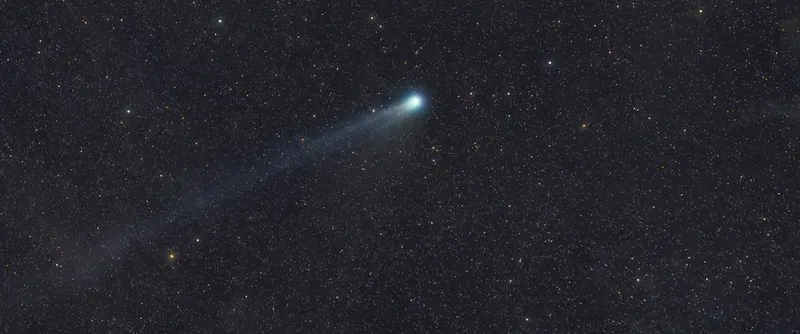
Given the confidence and complacency which our scientific knowledge has bestowed, it is hard for us today to appreciate the very real fear and serious consideration that was accorded to the most transient of unusual natural phenomena.
Even relatively rare meteorological happenings, such as a lunar halo appearing with the chance placement of a planet in it, gave rise to such sayings as, “If the Moon is surrounded by a halo, and a
planet stands in it: robbers will rage,” which everyone then believed.
The sudden unexpected appearance of an object as dramatic and mysterious as a bright comet was therefore deeply unsettling.
Comet coincidence?
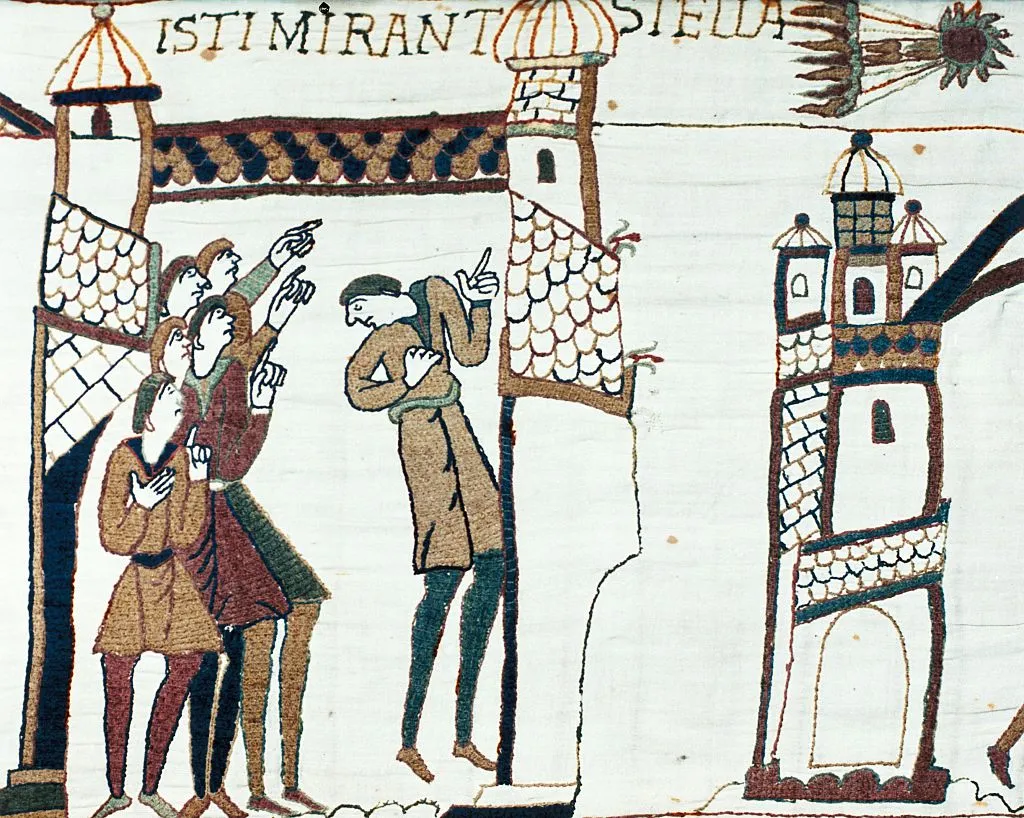
No wonder that comets have always been taken to be harbingers doom, of catastrophic or pivotal events.
It is a seriously weird fact, however, that all through recorded history bright comets have often managed to appear just at the very moments that dramatic and world-changing circumstances were underway.
Perhaps the best-known example is Halley’s Comet, which flashed across the skies in 1066 before King Harold’s defeat at the Battle of Hastings.
The Bayeux Tapestry records this apparition and also shows a number of nobles from King Harold’s court all looking up and pointing anxiously at the ‘hairy star’ which had so silently appeared.
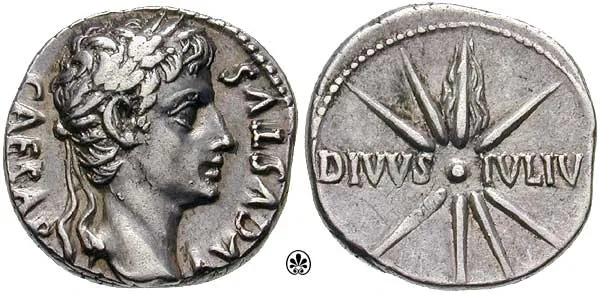
It is widely known that Julius Caesar was murdered in 44 BC, but what is not so well known is that when his adopted son, Octavian, organised games and a funerary service to deify and celebrate his father, four months after his death, with incredibly appropriate timing, the bright comet of 44 BC (C/–43 K1) shone in the skies at the same time.
We have many examples of Roman Denarii silver coins from this era and there is an example with the impression of a ‘star’, which has been claimed to be a representation of Caesar’s Comet.
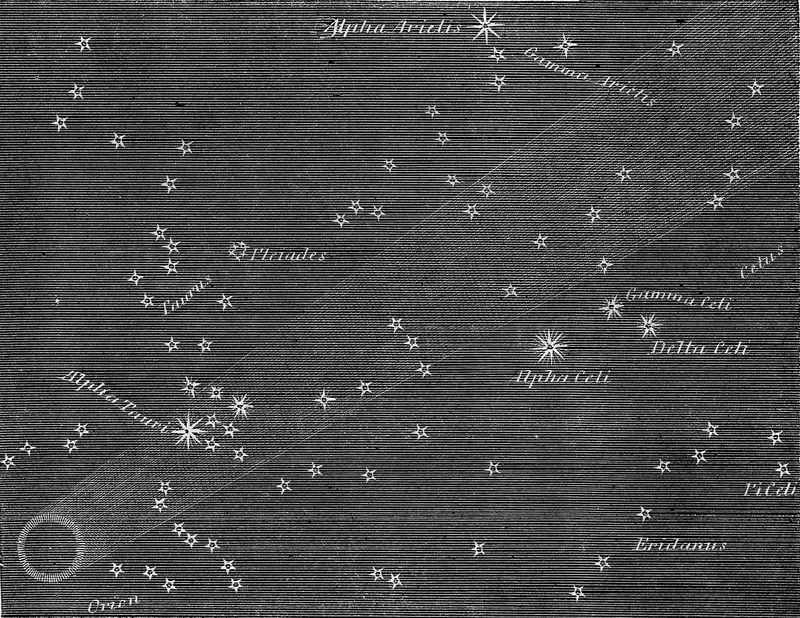
On 2 October 1264, Pope Urban IV died and, amazingly, this important event was also marked by the appearance of yet another bright comet.
We know it today as the Great Comet of 1264 (C/1264 N1); it is said that the Pope fell ill on the
day it appeared and died on the day it disappeared.
Contemporary comets
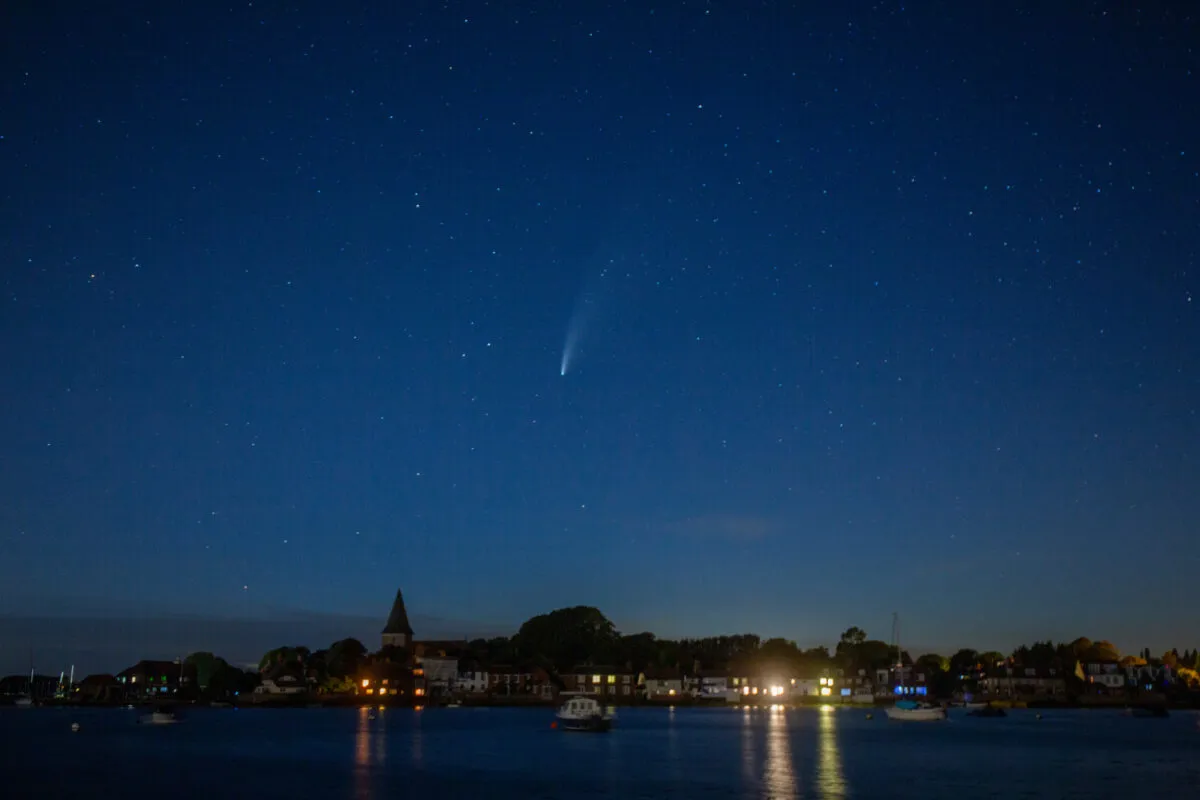
Closer to our own times, Mark Twain was born in 1835 as Halley’s Comet rounded the Sun; he died
from a heart attack in 1910 just as it returned. There are numerous other examples.
Most recently, fter such a long absence of bright comets from our skies, Comet NEOWISE seemingly chose to continue this centuries-old tradition and be at its spectacular best during the very months that COVID-19 took hold as a pandemic and swept around the planet.
What are the chances? Perhaps, like the ancients, we should have taken its arrival to be an omen of things to come.
Do you know of any other comet coincidences, where comets seemed to be harbingers of doom? Let us know by emailing contactus@skyatnightmagazine.com.
